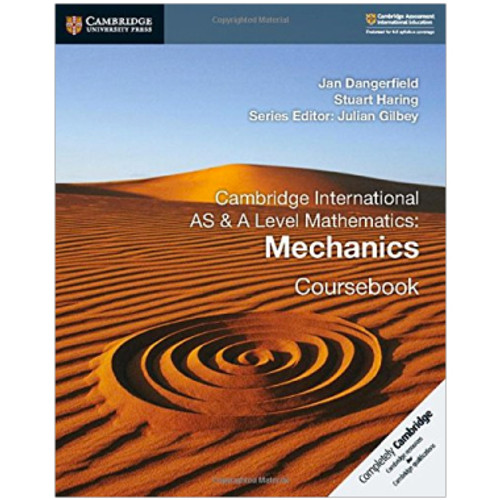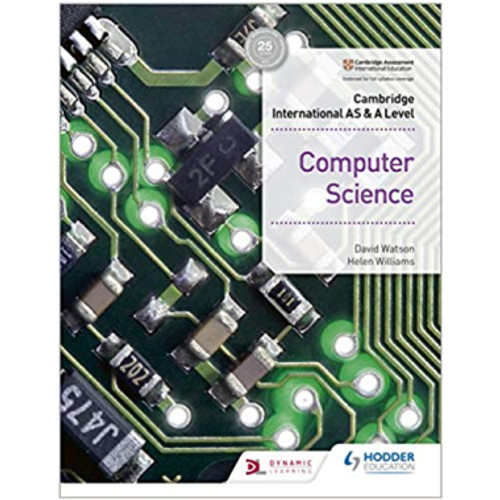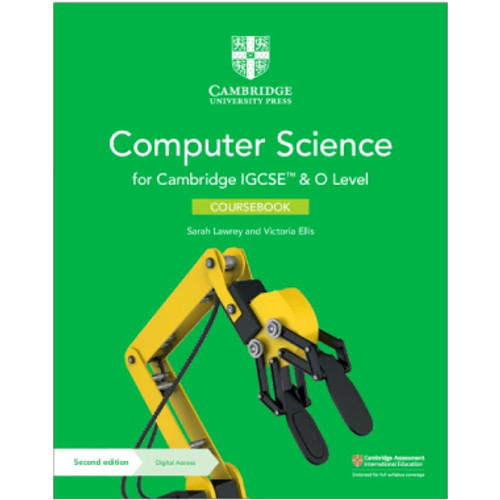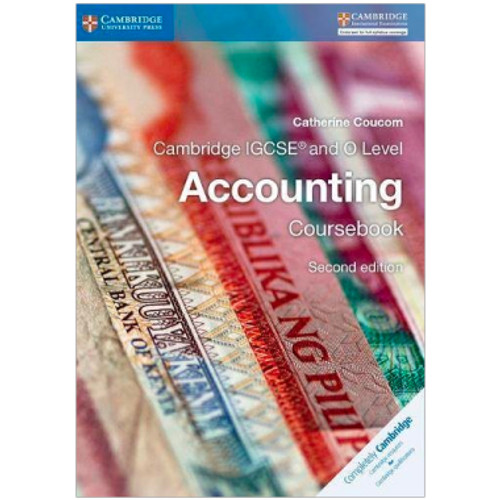Cambridge International AS and A Level Computer Science Coursebook Author/s: Sylvia Langfield, Dave Duddell This series is for the Cambridge International AS & A Level Computer Science syllabus (9618) for examination from 2021. Developed by an experienced author and examiner team and written for the international learner, this coursebook provides students with a structured and progressive guide to the theoretical and practical skills required by the syllabus. With an emphasis on developing computational skills, this resource helps build students’ confidence in using a range of technology and programming languages. Detailed descriptions of concepts are reinforced with exercises, discussion points, and reflection questions with exam-style and past paper questions. Answers are found within the teacher's resource. Features: Written specifically for the international learner with clear explanations of concepts and associated key terms. Examples given in the three accepted programming languages (Microsoft Visual Basic, Python and Java) provide students with the opportunity to code with their preferred language. The Discussion Point feature encourages deeper understanding through articulating and reasoning concepts with peers. There is a wealth of opportunities to practise and consolidate skills through tasks, extension questions, and exam-style and past paper questions Contents: Introduction Part 1: 1. Information representation 2. Communication 3. Hardware 4. Processor fundamentals 5. System software 6. Security, privacy and data integrity 7. Ethics and ownership 8. Databases Part 2: 9. Algorithm design and problem-solving 10. Data types and structures 11. Programming 12. Software development Part 3: 13. Data representation 14. Communication and Internet technologies 15. Hardware and virtual machines 16. System software 17. Security 18. Artificial intelligence Part 4: 19. Computational thinking and problem solving 20. Further programming.
Cambridge International AS and A Level Computer Science Coursebook - RUNDLE COLLEGE
Cambridge University Press
R1,085.00
- SKU:
- RundleCollege ISBN 9781108733755
- Availability:
- Imported title that ships within 7-10 days dependent on stock availability within SA. Shipping cost to your door is based on your total order volume and calculated at checkout.






